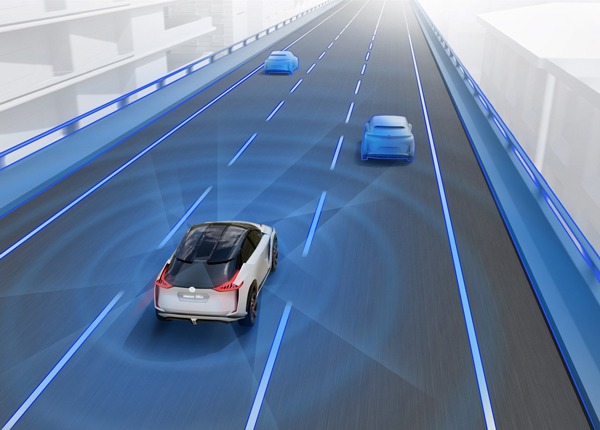
Driving Distractions To Avoid On The Road: Preventing Distracted Driving
Updated Dec. 16, 2020Distractions inside the car are not the only problem you face while driving. Your attention will be focused on events around your vehicle and on the roadway up ahead, which means you are at risk of becoming distracted by things happening outside the car and by the roadside. This can include events and situations which you need to acknowledge, such as road signs, traffic control devices, work zones, collisions and other hazards. You must take note of these issues but avoid focusing on them for too long, as you may overlook other dangers or important visual information.
As an attentive driver, you must only look at a certain point on the road for as long as is necessary to maintain safety. Do not become distracted by non-essential events and objects.
Rubbernecking
Rubbernecking is the risk-enhancing and unpleasant practice of staring at dramatic events by the roadside or collision sites as you drive past them. Rubbernecking is the reason why multiple collisions often happen in the same place in succession. A driver passes the original collision site and becomes distracted, which then causes another collision, and another. Even if you manage to avoid causing a collision while distracted by roadside events, you will aggravate other drivers by holding up the flow of traffic.
Of course, you must take note of collisions and similar accidents on the roadway. Depending on where the event has occurred relative to your vehicle, you may need to alter your course or lane position to avoid debris. In doing this, look briefly toward the site of the collision but avoid staring for too long.
Obstacles on the road
You may sometimes encounter unexpected objects such as debris from an accident, fallen trees, branches or items that have been dumped by other drivers. As with collisions and accidents, you will need to take note of obstacles on the roadway to ensure they do not pose a threat to you or somebody else on the road. However, you must not allow the surprise of encountering an unexpected object to startle you or distract you from the task of driving. As soon as you have assessed the risk posed by an obstacle on the roadway and taken any necessary action to avoid it, return your attention to the road ahead.
Distracting scenery
If you are driving in an unfamiliar area or on a picturesque rural highway, you must be careful not to become distracted by interesting scenery. While staring off into the distance at rolling hills, mountains or woodland, you could easily drift out of your lane or collide with another vehicle. If the scene around your vehicle really is too beautiful to overlook, find a place to pull over where you can take in the view safely.
Typical roadside distractions
Even the most mundane of driving environments can be rife with potential distractions! Particularly if the situation in question is not something you see often on this route. As an attentive driver, you must notice when you are distracted by objects which are not immediately related to the driving task and return your attention to the road. Here are some examples of driver distractions that may occur outside your vehicle:
- 1

People by the roadside.
It is in our nature to be curious about other people, particularly if you encounter somebody in a remote area or an unusual looking person. Do your best not to stare; it is dangerous, not to mention rude! - 2

Billboards.
Advertisements are designed to draw your attention. You may find yourself glancing at billboards and similar adverts near the roadway. When this happens, return your attention to the road. - 3

Animals.
It may be that you spot horse riders, a deer by the roadside, or an unusual-looking breed of dog on the sidewalk. Whatever the situation, do not allow yourself to become distracted by an animal. The only time when an animal near the roadway deserves your attention is if it presents an immediate threat to your safety. - 4

Unusual vehicles.
While driving, you must constantly monitor the course and position of other vehicles on the roadway and parked by the side of the road. However, you must not become distracted by distinctive vehicles like exotic or classic cars. - 5

Events and landmarks.
Your attention may sometimes be drawn by festivals, community events, parades and prominent landmarks. If you are interested in what you see, stop to have a look rather than continuing to drive while distracted.
Navigating while driving
If you are traveling to an unfamiliar destination, you will have to pay more attention to things like guide signs, place names and street names. You may even have to look for the number of a house as you drive along a street. Be careful not to focus on any of these details for too long and take care not to start site-seeing by accident. Keep in mind that it is better to overshoot your destination and turn around than to collide with another road user because you were not paying attention.
Following another vehicle
Driving in tandem can be useful if you are traveling with another motorist who knows the way to your destination when you do not. Unfortunately, it can also be distracting as it may cause you to stare at the bumper of the vehicle you are following and overlook important events on the roadway. Remember to actively scan the entire roadway around your vehicle in addition to following the driver in front. Do not make the mistake of trying to communicate with the other driver via their mirror or by calling them on your cell, as this would be enormously distracting. If you need to talk to each other, find a safe spot to pull over first.




